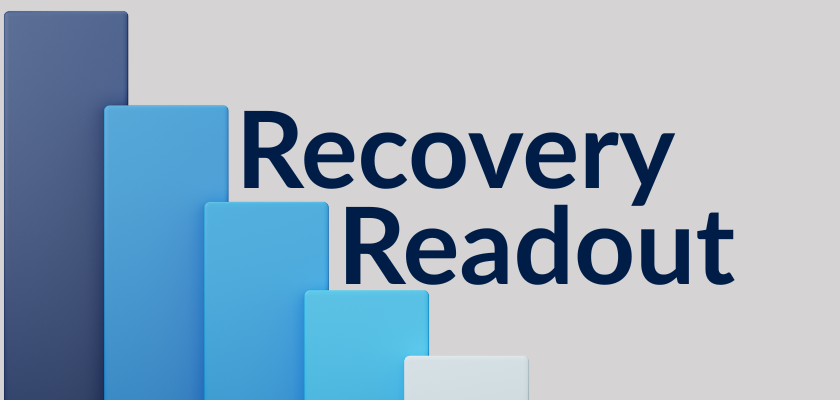News
Psychedelic Use Increased 30% since 2021

This blog is part of ASAM’s ‘Recovery Readout’ series, which breaks down the latest data and trends impacting addiction medicine and practice management.
Data in Focus
Over 10 million people in the United States used psychedelics1/hallucinogens2 in 2024.3 Those estimates underscore a nearly 30% increase in use since 2021 and estimates that the market valuation for these substances could balloon to $3.6 billion by 2027.
While that figure is slightly higher than for those who used illicit opioids (~8 million people), it’s also much lower than those who used marijuana (~64 million), smoked cigarettes (~38 million), vaped (~28 million), or reported heavy alcohol use (~15 million).
But all hallucinogenic/psychedelic use is not the same. Indeed, psilocybin was the most popular substance, and almost 40% of its users reported concomitant use with marijuana.
Zoom Out
While the statistics behind the reasons for psychedelics use are specific for each substance, nearly 70% of psilocybin users report doing so for fun/enjoyment.
Still, about a third of users say they use it to treat mental or physical health issues.
Despite there being no FDA-approved therapeutic use, polling suggests that almost two-thirds of people in the US support the FDA taking action to open treatment pathways.
Yet only 1 in 5 ongoing clinical trials are focused on studying any psychedelic to treat a SUD.
The Impact
The growing interest in hallucinogens/psychedelics is also motivating interest from state and federal policymakers.
3 states have created legal frameworks for use.
The FDA recently published draft guidance that highlighted considerations for clinical trials.
And most recently, the DEA advanced a rescheduling petition to HHS to potentially move psilocybin from schedule I to II.
Takeaways
Increasing use of psychedelics/hallucinogens has implications for addiction medicine clinicians, including:
- The familiarity with the substances and reasons for their use;
- Awareness of the latest research; and
- What healthcare resources are available to engage with users of these substances.
Federal and state governments are primed for additional policy actions. Clinicians should stay tuned to how these efforts progress to assess the impact on the need for treatment services.
As use increases, toxicology testing coverage and treatment policies may also need to adopt to this changing landscape.
Stories Behind the Stat
- Psychedelics are suddenly drawing interest from big drugmakers
- Psychedelics proponents hope Trump administration will foster a new era
- Texas Invests $50M in Psychedelic Drug Research to Treat Addiction
Go Deeper
ASAM has a new policy round on psychedelics here that has the stats above and more.
1 The term "psychedelic” is increasingly applied to any drug that can powerfully alter perception, mood, and thought.
2 The term hallucinogen is commonly used to refer to classical psychedelic and dissociative substances, as well as certain other substances like MDMA, which impact a variety of other brain functions and can cause psychedelic and/or dissociative effects.
3 SAMHSA NSDUH
